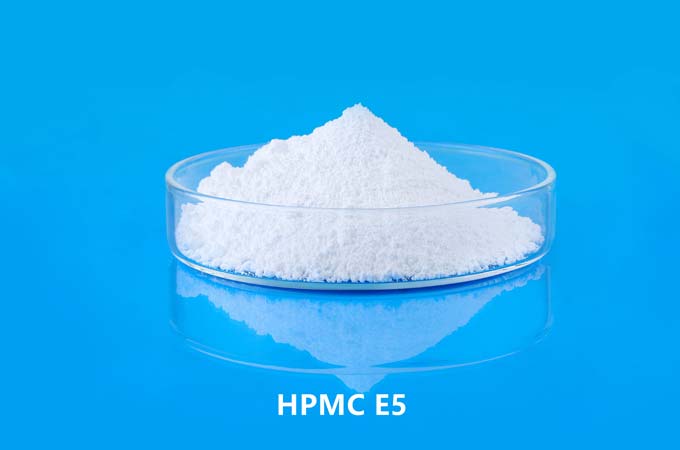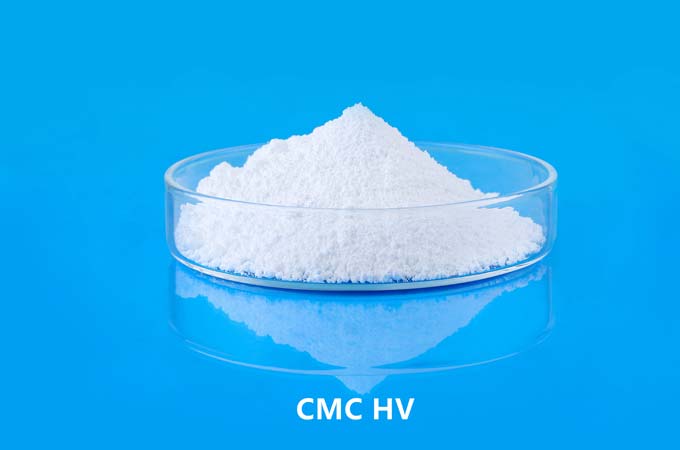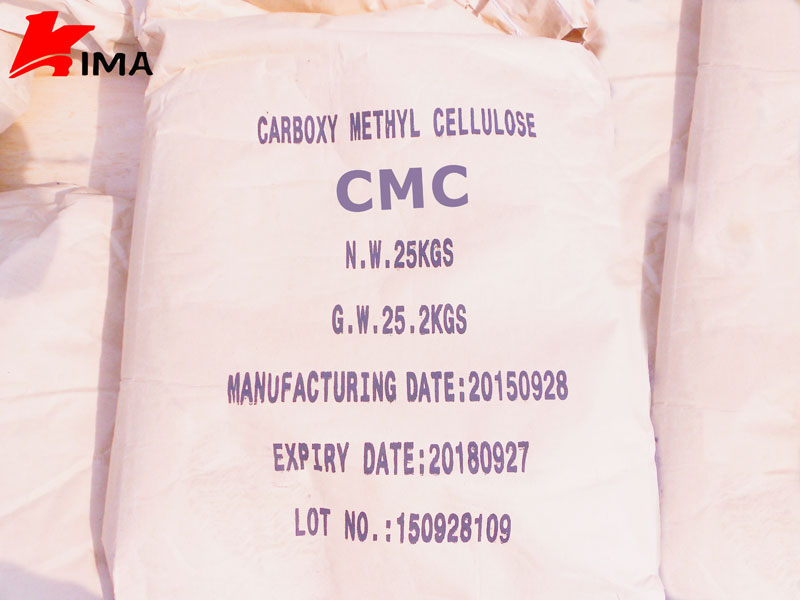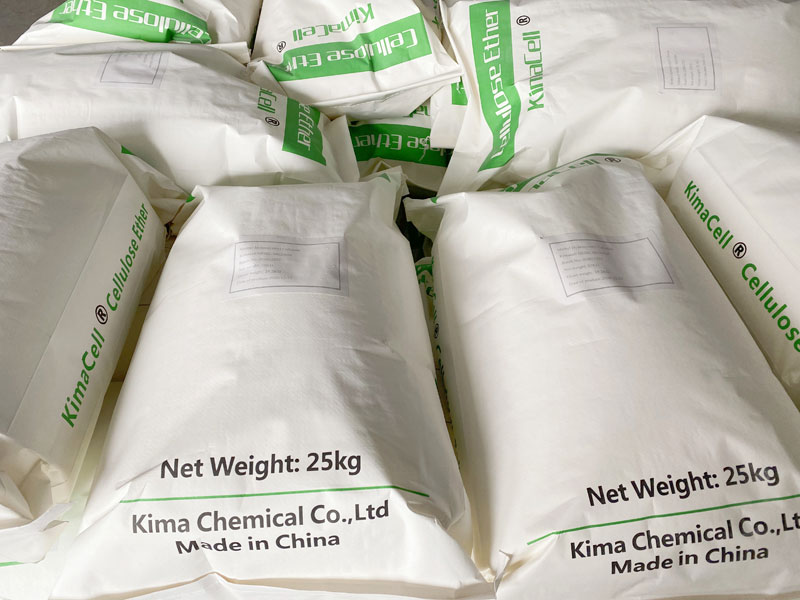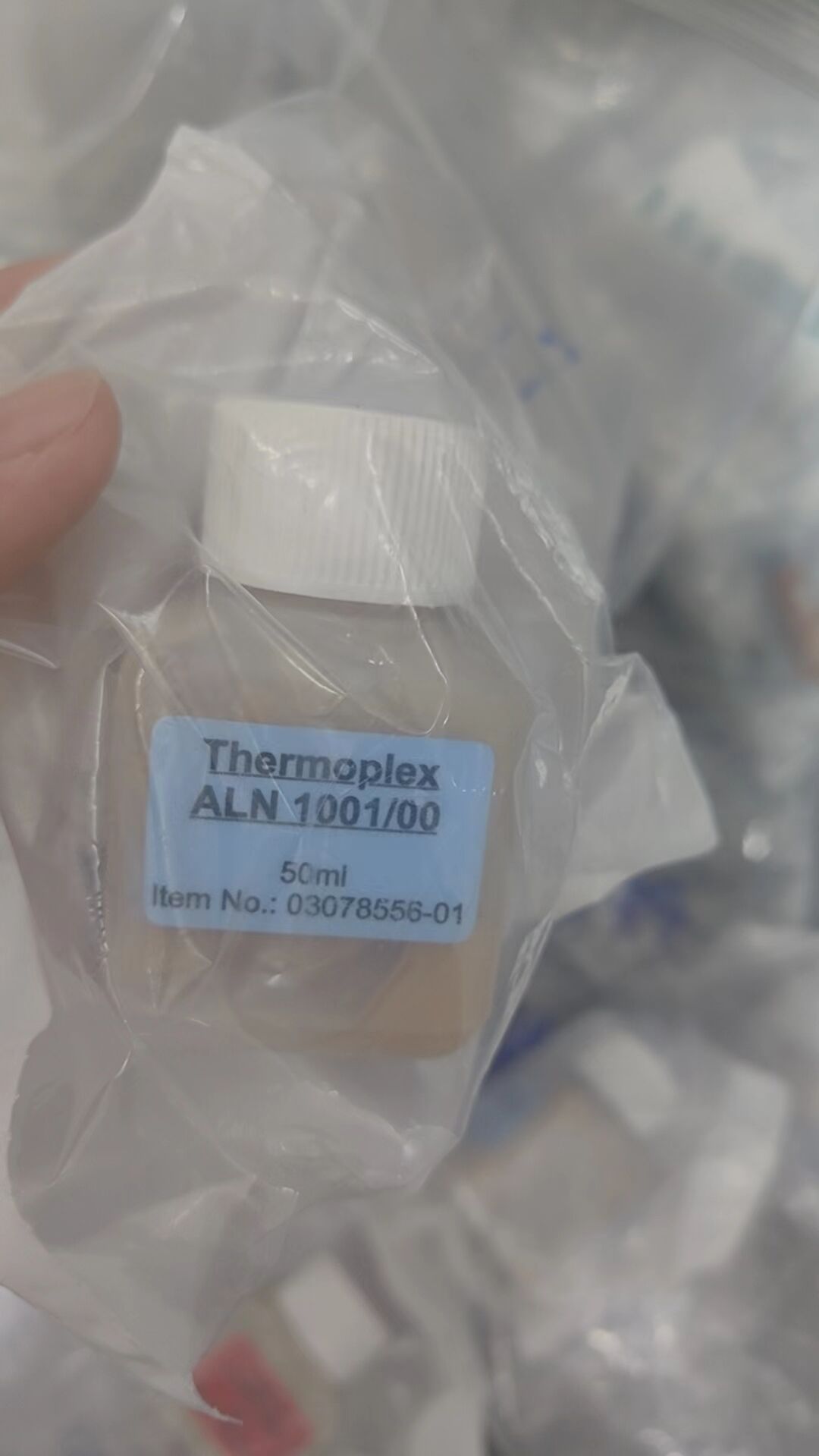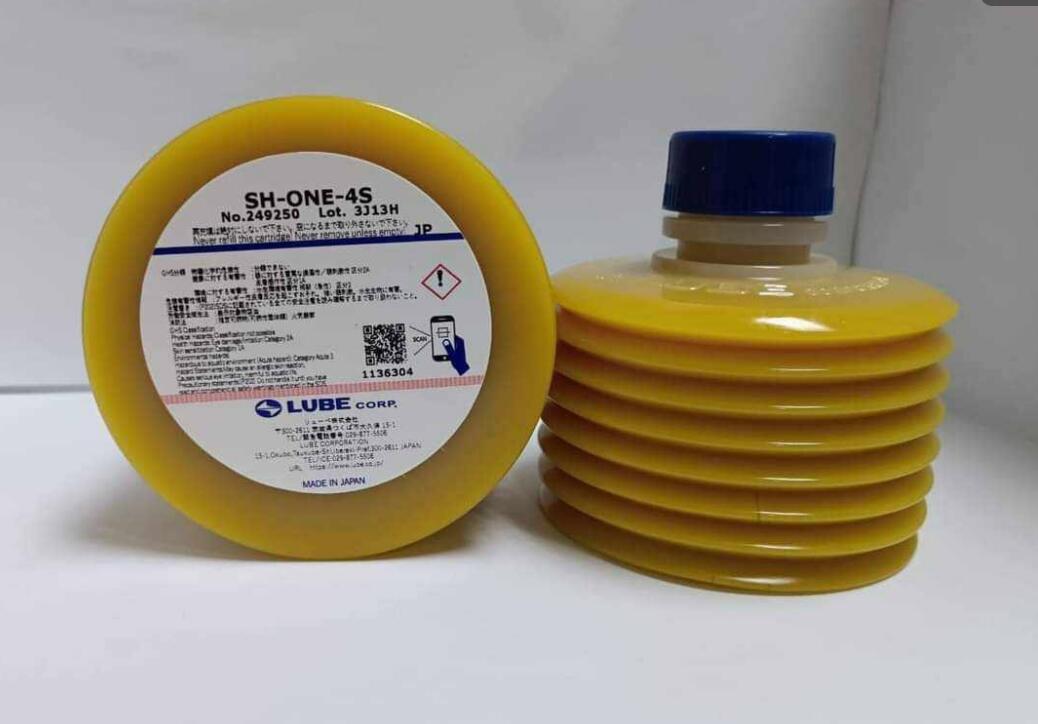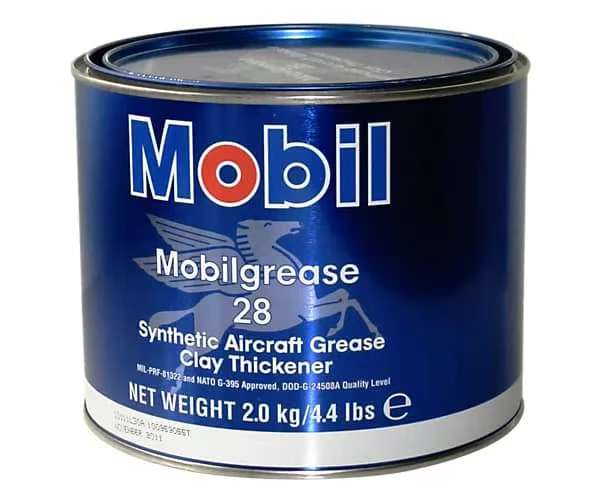Hydroxyethylcellulose for Hair
Hydroxyethylcellulose (HEC) is a common cellulose ether ingredient found in many hair care products, including shampoos, conditioners, and styling products.
It is a water-soluble polymer that is derived from cellulose, which is a natural, renewable resource.
In hair care products, HEC is used as a thickener, emulsifier, and stabilizer. It helps to improve the viscosity of the product, allowing it to coat the hair more evenly and provide a better lather. Additionally, HEC helps to improve the texture and feel of the hair, making it softer and more manageable.
Types of Hydroxyethylcellulose for Hair/ Hydroxyethyl Cellulose for Hair
HEC HS300
KimaCell® HEC HS300 Hydroxyethyl cellulose has the effect of adsorption and deposition on the hair surface.
How To Use Hydroxyethylcellulose in Hair Products?
Hydroxyethyl Cellulose (HEC) is a water-soluble polymer commonly used in hair care formulations as a thickener, emulsifier, and stabilizer. Here are some general guidelines for adding HEC to a hair care formula:
Determine the desired viscosity: The amount of HEC that you need to add to your hair care formula will depend on the desired viscosity. This can be determined through testing and experimentation.
Create a slurry: To add HEC to your hair care formula, it is recommended to first create a slurry by adding the HEC powder to water. The recommended ratio is typically 1% to 2% HEC in water (by weight). The amount of water needed will depend on the quantity of HEC being used, but a good rule of thumb is to use 2-3 times the weight of HEC in water. It is important to ensure that the HEC is fully dispersed in the water to prevent clumping.
Add the HEC slurry to your hair care formula: Once the HEC slurry is fully mixed, it can be added to your hair care formula. The amount of HEC slurry that you need to add will depend on the desired viscosity and the amount of hair care product that you are making. It is important to add the HEC slurry slowly and mix thoroughly to prevent clumping.
Mix thoroughly: Once the HEC slurry has been added to your hair care formula, mix the product thoroughly using a high-speed mixer or blender. This will help to ensure that the HEC is evenly distributed throughout the product and that there are no lumps or clumps.
Some specific advantages of HEC in hair care products include:
Improved conditioning:
HEC helps to improve the conditioning properties of hair care products, making hair softer, smoother, and more manageable.
Enhanced foam and lather:
HEC helps to create a thicker, more luxurious lather, making it easier to distribute the product through the hair.
Improved styling:
HEC can be used in styling products such as gels and mousses to improve the hold and texture of the hair.
Moisturizing properties:
HEC has moisturizing properties that help to hydrate and protect the hair, reducing damage and breakage.
Compatibility with other ingredients:
HEC is compatible with a wide range of other hair care ingredients, making it a versatile and effective additive.
As a cellulose ether factory, we will do our best to meet all the needs of customers.
Send product request
Other supplier products
| HPMC E5 | KimaCell®Hypromellose E5is pharma grade hydroxypropyl methyl cellulose, pharmaceutical excipients play an important role in the development and... | |
| CMC HV | KimaCell® CMC HVsodium carboxymethyl cellulose is generally believed that when the degree of substitution is around 0.6-0.7, the emulsifying pe... | |
| Carboxymethyl Cellulose (CMC) Wholesale | Carboxymethyl Cellulose(CMC), known as Cellulose gum, is a high-polymer cellulose ether obtained by chemically modifying natural cellulose.CMC is a... | |
| Detergent Grade CMC | Carboxymethyl cellulose (CMC) is a versatile ingredient that has revolutionized the detergent industry. With its unique properties and numerous adv... | |
| Hydroxyethylcellulose in Skin Care | Hydroxyethylcellulose in skin careis a cellulose thickener, emulsifier, and a stabilizer, which helps to create a consistent texture and improve th... |
Same products
| LUBCON Thermoplex ALN 1001/00 50ml Oil Original New | Seller: Guangdong Juguangheng Automation Equipment Co.,Ltd. | Lubcon THERMOPLEX ALN 1001/00is a synthetic semi-fluid gear grease can be used on ASM Siemens mac... | |
| Kluberoil Lamora D 220 30ml Original Oil | Seller: Guangdong Juguangheng Automation Equipment Co.,Ltd. | Our oils offer excellent lubricity also at low sliding speeds, enabling constant and precise feed... | |
| LUBE SH-ONE-4S 400G for Fanuc Machines | Seller: Guangdong Juguangheng Automation Equipment Co.,Ltd. | Lubecorp part number 249250 is a 400ml bellows style cartridge often times used in autolube appli... | |
| Mobil Grease 28 Synthetic Aviation Grease | Seller: Guangdong Juguangheng Automation Equipment Co.,Ltd. | Mobil grease 28is a high performance, antiwear grease. Available as a cartridge,2kgcan, 16kg pail... | |
| Kluber Isoflex Topas NCA 5051 50ml Original Lubricants | Seller: Guangdong Juguangheng Automation Equipment Co.,Ltd. | ISOFLEX TOPAS NCA 5051is a beige synthetic long homogeneous and short fiber. It consists of a syn... |










